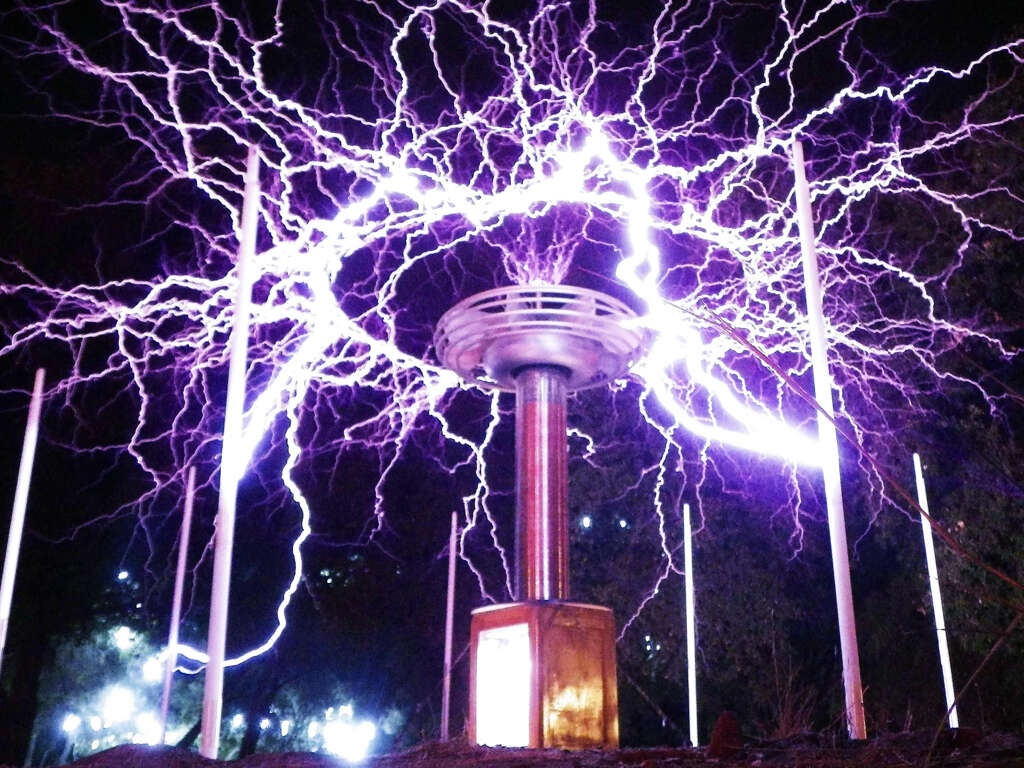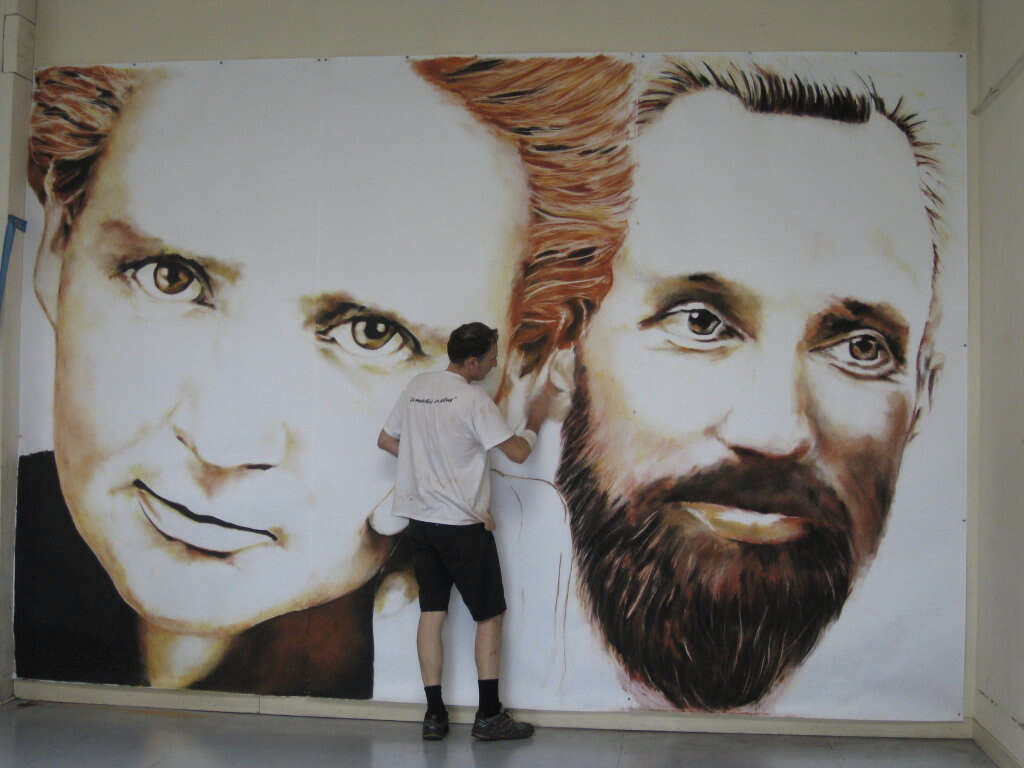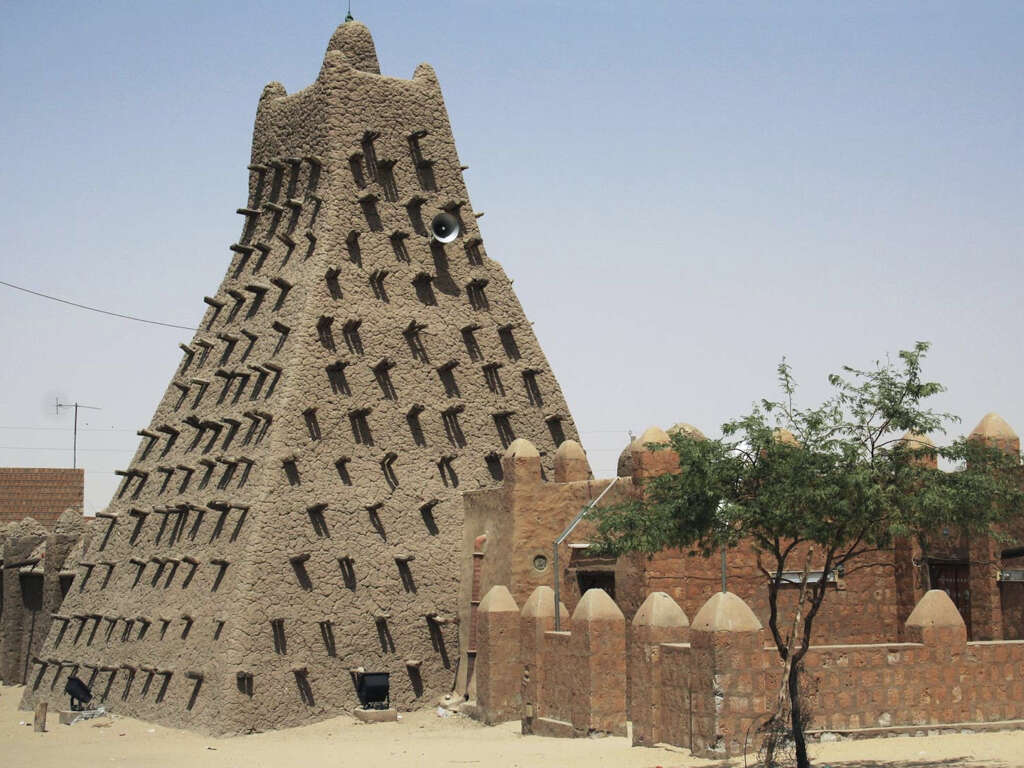Who was Rasputin?
Rasputin is a name that is likely to be familiar to people all around the world. There are myths surrounding the man and many people of his time believed he had the ability to heal people by prayer alone. This is highly unlikely to be true but still there is no doubt that he was a fascinating gentleman.
It is also believed by some that he was almost impossible to kill but, although there is an element in truth in it, the stories are still highly exaggerated. There are many other rumors about him that were true, however. We take a closer look at Rasputin and some of the facts surrounding his extraordinary life.

1. He Was Born a Pauper
Despite being well known for his association with the highest echelons of Russian society, Rasputin was actually born into a very poor family. He was born in a small village in Siberia called Pokrovskoye in January 1869. His full name was Grigori Yefimovich Rasputin, after St. Gregory of Nyssa. His father was a church elder and a farmer but there is little information about his mother, Anna Parshukova.
It is thought that the couple had a total of eight children, seven of whom died when they were very young. There may have been a ninth child by the name of Feodosiya, but records are vague.
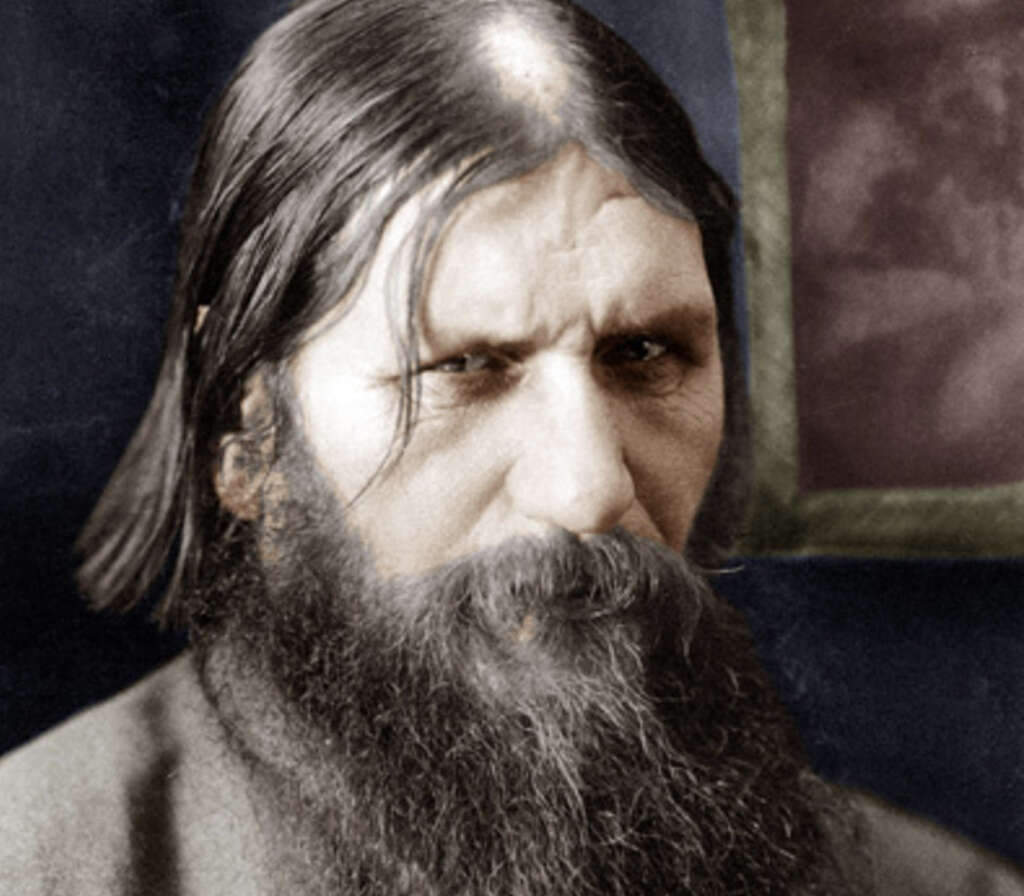
2. Early Life
Not much is known about Rasputins early years. It is likely that, considering how poor his family was, that he never received a formal education and he was probably illiterate until he grew older. Local records suggest that he was unruly as a youth and was involved in minor crimes.
It is also said that he would drink alcohol at a young age. There are rumors that he committed more serious crimes as a youth, but no solid evidence. The lack of information about Rasputin during his younger years have left him wide open to a range of rumors, some of which are less believable than others.
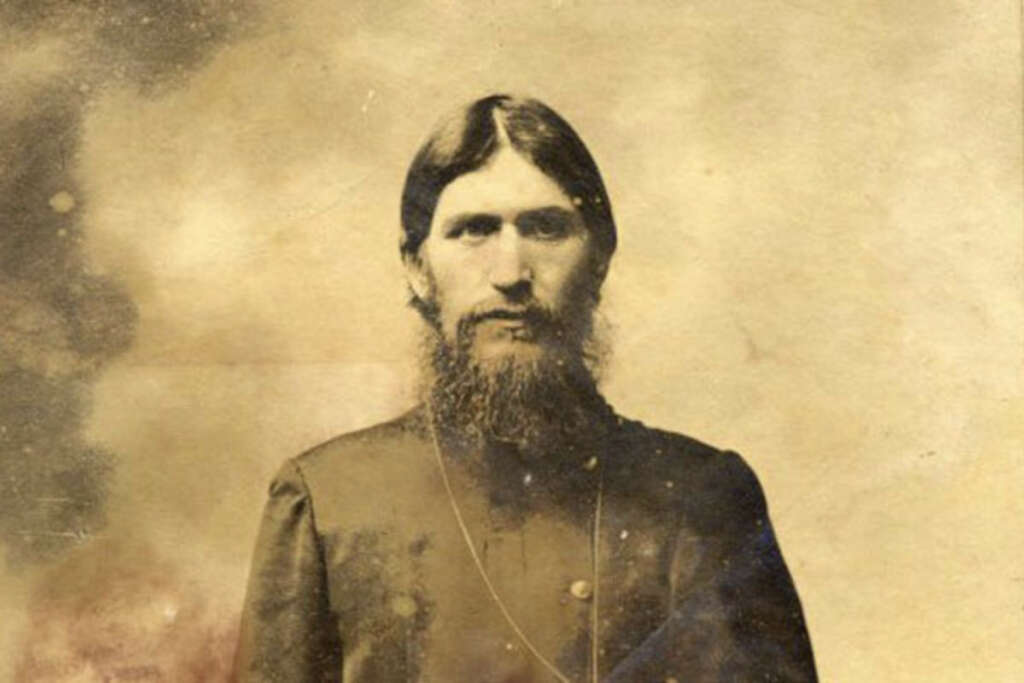
3. Praskovya Dubrovina
In 1886, Rasputin travelled to the Russian town of Abalak. It was here that he met Praskovya Fedorovna Dubrovina, a peasant girl who lived in the town. The two courted each other for several months before eventually getting married in February 1887. Rasputin was 18 at the time they got married. It is thought that the couple had seven children together.
As was typical for poor people in Russia at the time, however, most of these children died before they would reach adulthood. The three children that did survive were name Dmitry, Maria, and Varvara. It is thought that Praskovya died around June 1936.

4. Conversion
In 1897, Rasputin went on a pilgrimage that was to change his life forever. After being married for 10 years, he travelled to a monastery. He travelled all the way to the Saint Nicholas Monastery, which was some 300 miles away from where he lived.
It is thought that he spent several months at the monastery, an experience that caused him to become deeply religious himself. Rasputin eventually returned to his hometown a changed man. He no longer drank alcohol and had also become a vegetarian. He was also notably more religious than before and would pray regularly.
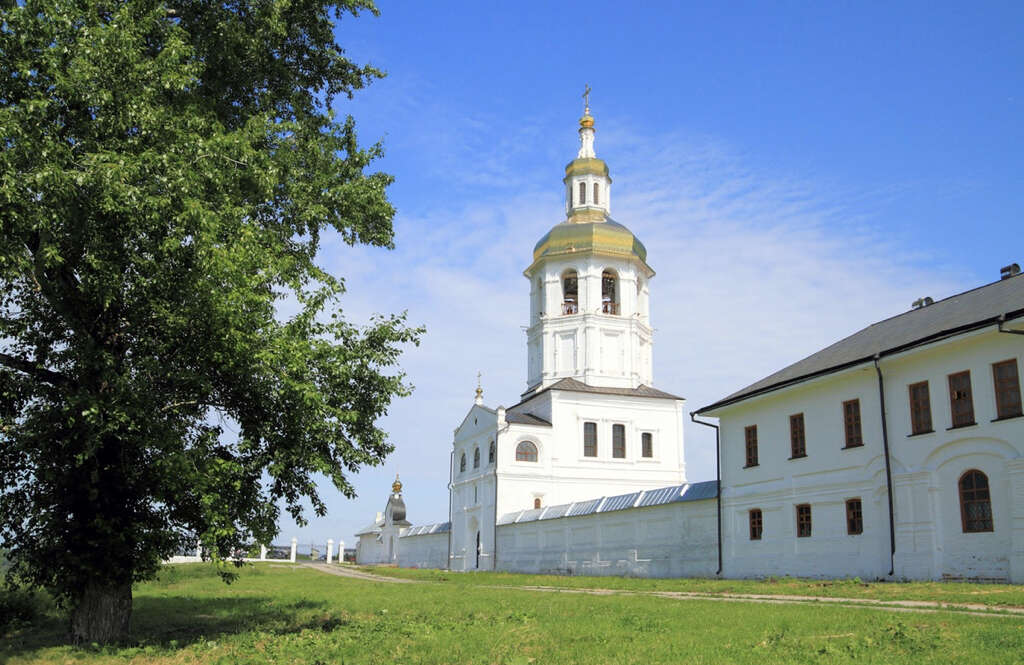
5. Getting Noticed
Rasputin began to acquire a small following in his own town that consisted mostly of family members and other villagers. He started developing a reputation as a holy man and he would regularly hold prayer meetings. Rasputin’s charisma helped him to get noticed further afield and he gained a reputation as being wise and perceptive as he travelled to towns and cities.
Rasputin was introduced to a number of church leaders, including Bishop Theofan, who would go on to become a close friend of Rasputin. Theofan was himself close to people high up in St. Petersburg society and, through his friendship with Theofan, Rasputin became to known members of the Russian aristocracy.

6. Meeting the Tsar
Rasputin struck up relationships with Princess Anastasia of Montenegro and the Grand Duchess Militza Nikolaevna of Russia, both of whom were married to cousins of the Tsar. It was through these friendships that Rasputin was eventually introduced to Tsar Nicholas II of Russia in person.
The meeting took place at the Peterhof Palace in 1905 and the Tsar noted the meeting in his diary, stating how he had met with a man of god. Rasputin wouldn’t meet the Tsar again until several months later but he did return and begin to develop stronger relationships with the Tsar and his family.
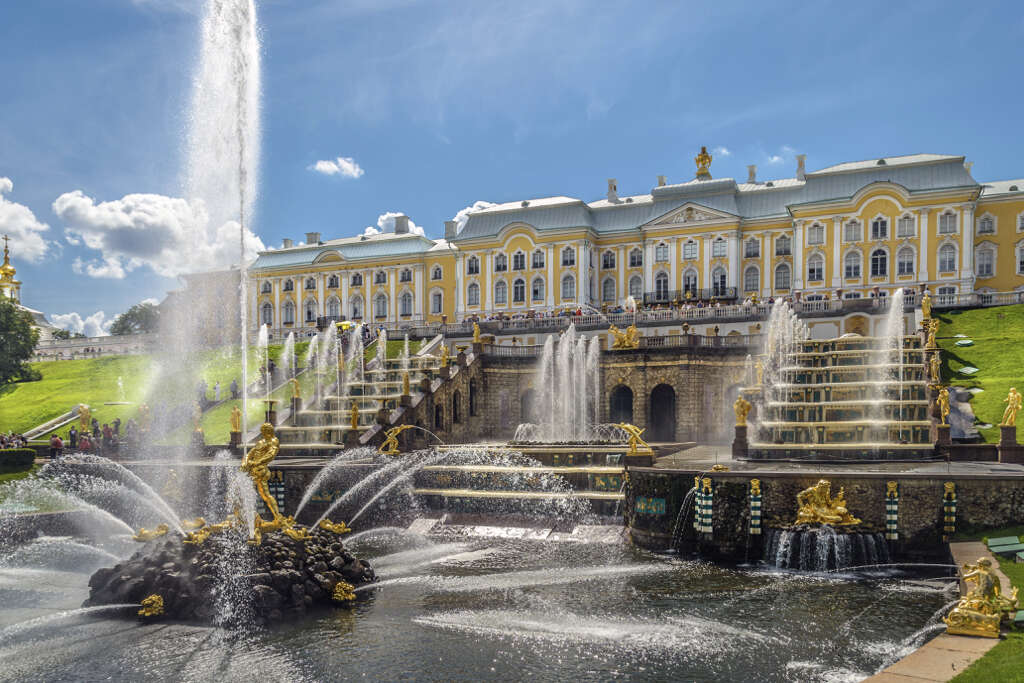
7. Healing Powers
Many believe that Rasputin had the power to heal people. The Tsars only son, Alexei, had hemophilia and the Tsar and his family believed that Rasputin was able to stop his bleeding. This gave Rasputin even more influence over the family and he was soon considered to be an independent member of the family’s entourage.
One night, when Alexei was ill, a message was sent to Rasputin who was in Siberia at the time to ask him for his help. Alexei was seriously ill at the time and appeared to be close to death but, after Rasputin was asked to pray for him, Alexei recovered shortly afterward. How or why Alexei was able to recover has not yet been explained.

8. Poor Hygiene
Among other things, Rasputin was known for his exceptionally poor hygiene. It is claimed that he would lick other peoples spoons before they ate with them. It is also claimed that he never bathed and that he would wear the same underwear for 6 months at a time.
He would allegedly often get food stuck in his beard but not wash his beard afterward, leaving the morsels of trapped food to decay where they were. A French ambassador once likened Rasputin’s body odor to that of a goat. Despite having such poor hygiene, it didn’t seem to stop many women from being attracted to him.
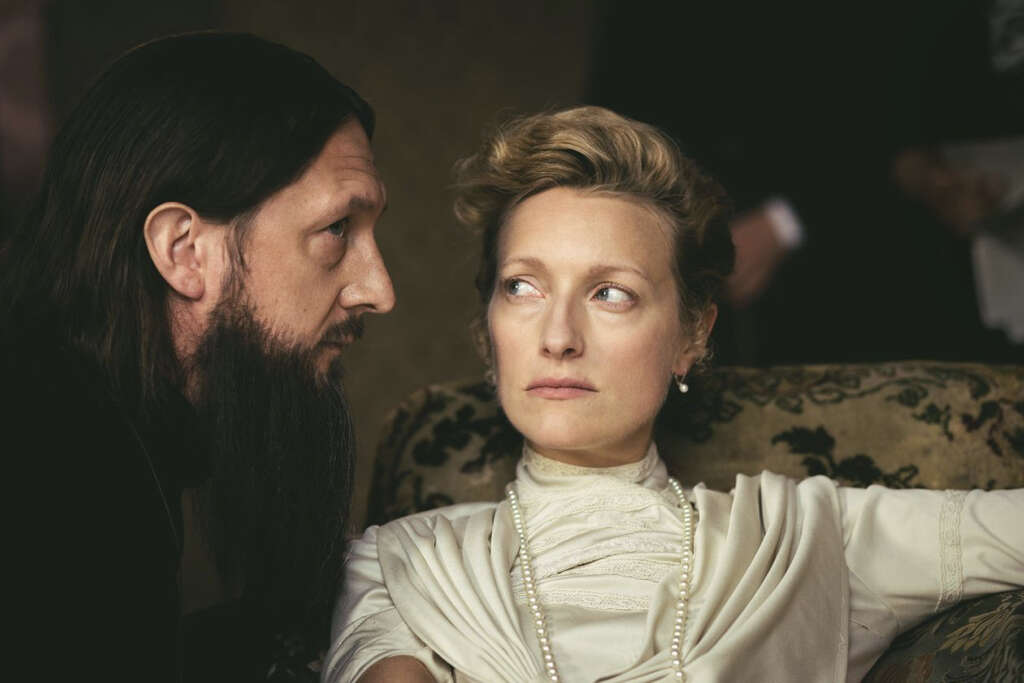
9. Promiscuous
It is well known that Rasputin was very promiscuous and had a strong sexual appetite. He also had a reputation for being a great lover. There were rumors that he was even having an affair with the Tsars wife, but these were probably falsehoods that were spread by enemies of the Royal Family at the time.
Many ladies were attracted to Rasputin and would wait for days on end outside his apartment to meet him. He would regularly bathe these women whom he referred to as his “little ladies.” Rasputin’s daughter, Maria, even claimed that these women would worship Rasputin’s penis.

10. Death
Rasputin was very unpopular in some circles, particularly some aristocratic circles that disapproved of his influence over the Tsar. In order to deal with this, plans were made to kill him. In 1914, he was stabbed by a peasant woman but Rasputin would recover from the attack.
In 1916, he was attacked again, this time by a group of nobles. Rasputin was initially poisoned but the poison seemed to have no effect. Rasputin was then shot and the assailant drove away in a plot that would involve him wearing Rasputin’s clothes to fool people into believing he returned home that night. When they returned to Rasputin, he was still not dead and tried to flee before being shot again. He eventually succumbed to his wounds and his body was thrown into the Malaya Nevka River.










